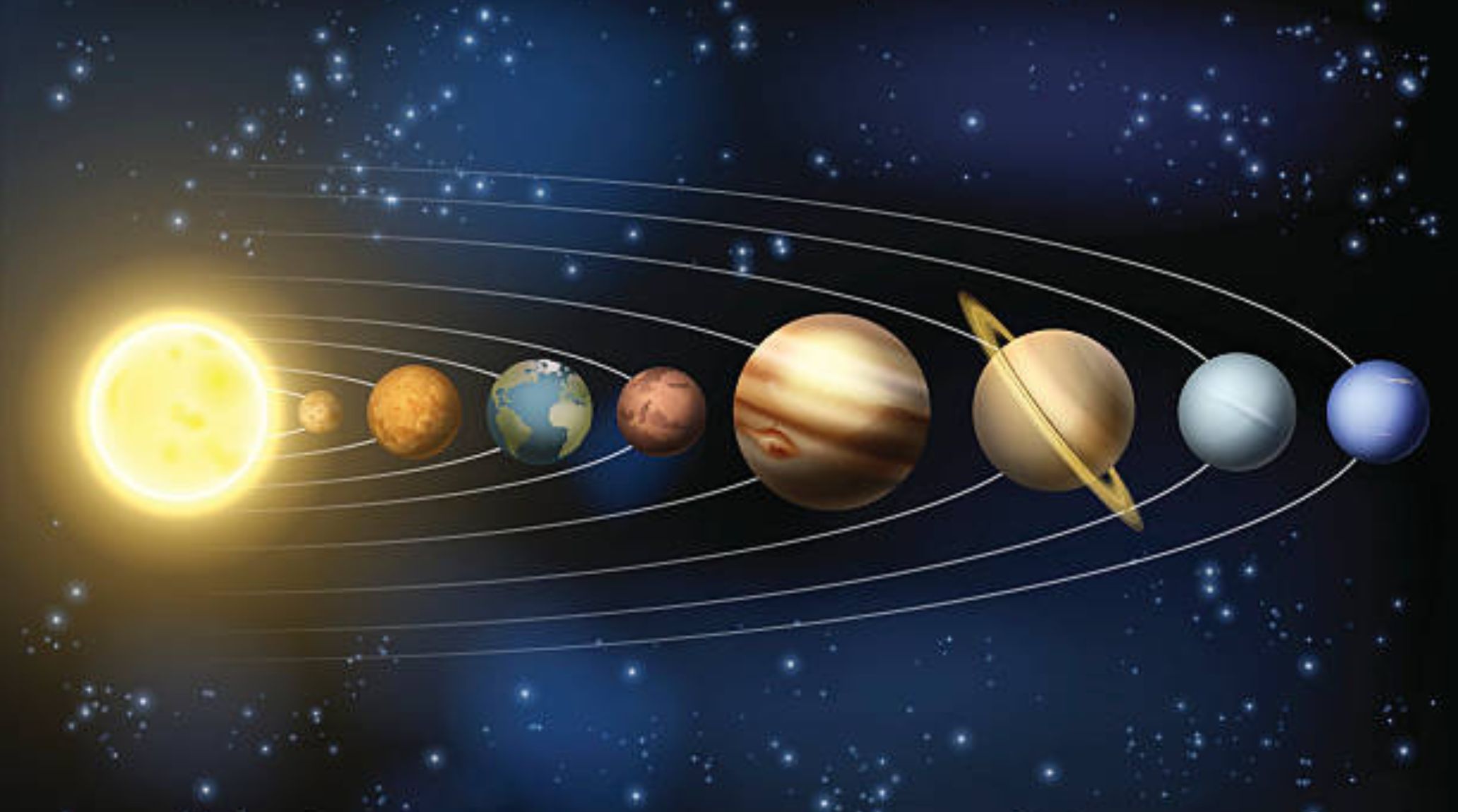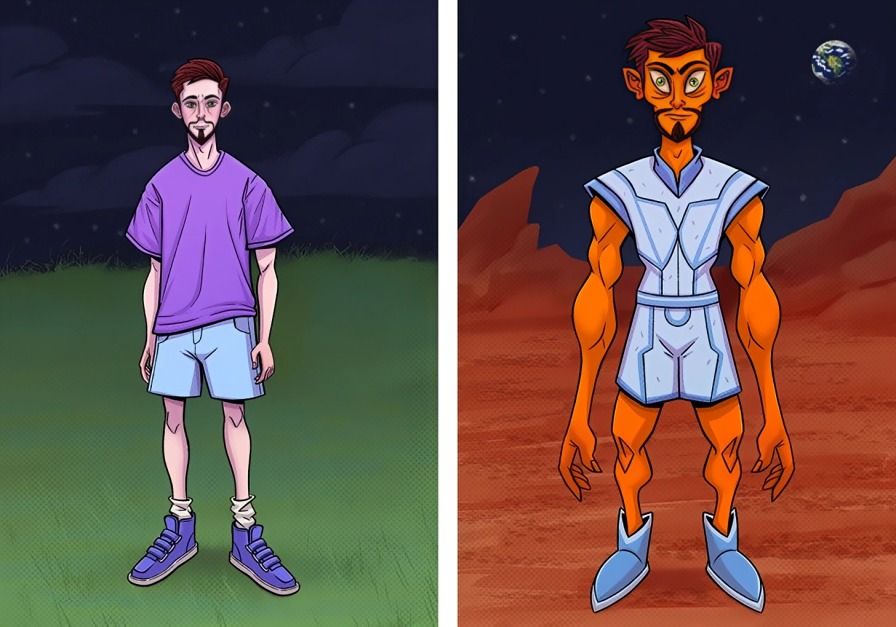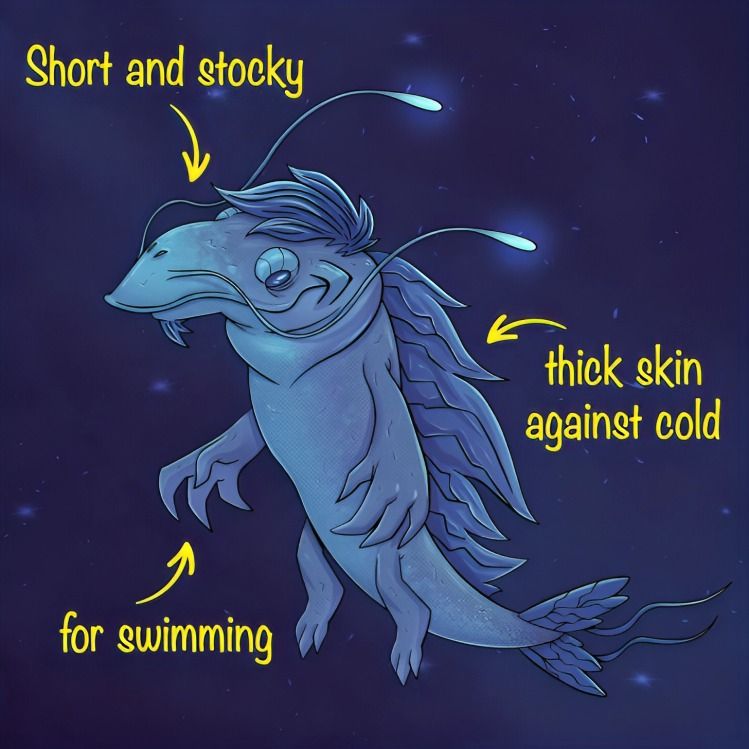
“
The idea of humans living on other planets has fascinated scientists and dreamers alike. What would life be like in such alien environments? From overcoming extreme climates to building sustainable habitats, this concept offers both exciting possibilities and daunting challenges. In this article, we explore how humanity might adapt to life beyond Earth, the technologies required, and the impact on our future. Could colonizing other planets become our reality? Let’s take a closer look.1
1
”
If humans lived on another planet, they would need to adapt to different gravity. Mars, for example, has 38% of Earth's gravity, which could affect muscle and bone health over time. 1
Colonizing another planet would require advanced life-support systems. These systems would need to provide oxygen, water, and food while recycling waste, a critical challenge for sustaining human life in space. 2
Human exposure to space radiation is a significant concern for interplanetary travel. Without Earth’s protective atmosphere, astronauts would be at risk of harmful radiation, leading to potential long-term health effects.3
Terraforming other planets, such as Mars, is often proposed as a solution for human colonization. However, the process would take centuries or millennia to make an atmosphere suitable for humans. 4

Space travel to other planets poses significant risks, including microgravity effects on the human body. Prolonged exposure can lead to muscle atrophy, bone density loss, and fluid redistribution in the body.
If humans could live on another planet, they would face isolation from Earth. The vast distances between planets would make communication slow, with messages taking months to travel. 5
A permanent human presence on another planet could help humanity advance its scientific understanding of the universe. Studies of other planets and their environments could unlock valuable insights about life beyond Earth. 6
Humans would need to find ways to deal with extreme temperatures on other planets. Mars, for example, experiences temperatures as low as -125°C, requiring specialized habitats to protect humans from the cold. 7
Bright Side published an article with imaginative images showcasing how humans might look if they lived on different planets in our galaxy, illustrating potential evolutionary adaptations to various extraterrestrial environments. 8

On Mars, lower gravity, less sunlight, and radiation exposure would lead to tall, strong humans with larger eyes and orange skin due to carotenoids, replacing melanin for protection. Dust storms persist.
Living on Jupiter would be tough due to its gaseous, high-pressure environment. Humans would adapt as large, shelled isopods, similar to deep-sea creatures, to survive radiation and extreme conditions. 9
Saturn’s dense, gaseous atmosphere and powerful winds would require humans to have umbrella-shaped bells for propulsion and no skeleton to withstand pressure, resembling jellyfish for movement through the fog.10
On Mercury, humans would be made of refractory metal like titanium to survive extreme temperatures, meteor showers, and lack of atmosphere. They’d have no noses and thick, sun-protective sunglasses for eyes.11
Venus' extreme heat, thick atmosphere, volcanic eruptions, and crushing pressure make survival impossible for humans. Only microbes endure, thriving on toxic phosphine, while metals and spaceships are quickly destroyed.12

On Uranus and Neptune, stronger gravity and cold liquids would make humans shorter, stockier, and muscular, with thicker skin for protection against the intense pressure, strong winds, and freezing temperatures.


